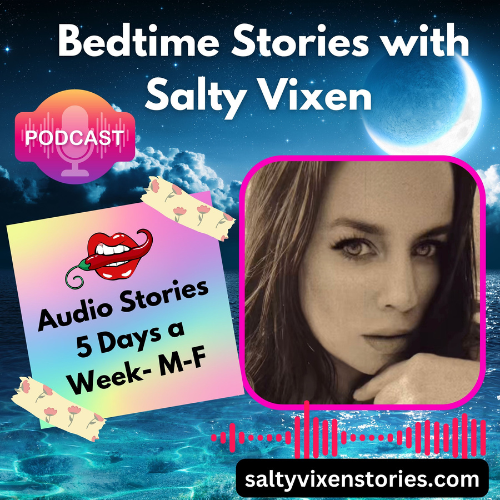Ghost stories have been enjoyed by generations of listeners. In the early days of America, storytelling was a chief form of entertainment. Family and friends gathered around the hearth to hear yarns about ghosts, goblins and things that go bump in the night. Today, even in the face of television, movies and the Internet, oral storytelling is still a popular form of entertainment.
Many people do not consider themselves storytellers. This, of course, is not true. All of us are storytellers. Telling stories is one of the basic ways that humans communicate. When you tell your wife or husband about your day at the office, you are telling a story. If you are a student and tell your parents about that “insignificant” explosion you caused in the chemistry lab at school, you are telling a story. If you tell your friend the latest joke, you are telling a story. So there is no need to be intimidated when faced with telling a story. You are already an expert with a lifetime of experience behind you.
Telling a ghost story, of course, is a little different than telling a joke. It has some special requirements. First of all, consider the setting. A ghost story cannot be told effectively in broad daylight. Darkness or semi-darkness is essential. It also has recently become fashionable to tell ghost stories in concert -- to large groups of people. This is far less effective than telling the story to a group of a dozen or so wide-eyed listeners around a campfire. The teller must always have eye contact with his audience.
Tell a ghost story after dark, the audience seated in a rough semi-circle around the you. Make sure that you can see every member of your audience clearly. The light from a campfire is sufficient for that. In fact, any single light source is best, with the background in darkness. And make sure the audience can see you, too.
The suitability of the ghost story that you tell depends upon your audience. The classic horror tale of “Raw Head and Bloody Bones”, of course, would not be appropriate for every small children. Neither would a tale about a bogeyman under the bed or in the bedroom closet. The little nippers would probably be up for a week and you’d have a legion of irate parents in your face. But older children, say 10 years-old and up, love these kinds of tales. In fact, all kids love to be scared. And in order for your tale to be effective, you must hit them where they live.
Generations of Boy Scouts attending campouts and gathered around a fire at night, for instance, have been told bone-chilling tales of the snallygaster -- a mythical creature, half bird, half reptile, and all meanness -- said to roam the wilds of South Mountain in Western Maryland. According to most stories, the snallygaster is supposed to have an insatiable appetite for Boy Scouts. And you can always tell when the snallygaster is near -- all the night birds stop their singing. Many a scout has been left shaking in his tent after hearing such a tale.
Be sure that the listener can identify with the setting of your tale. If the woods in which you are camped is haunted, tell your audience about it. If the house in which you hold you club meeting has a ghost, tell of someone’s encounter with the spook. At least, associate your present setting with your story. For instance, you can begin your tale, “Years ago, along a trail just like this one, there was a ghost who liked to scare people.” Or you can say, “Old houses, like this, are always haunted.”
Get up close and personal with your listener. Keep your voice calm, yet with a mysterious lilt. One of the most effective examples of this technique is in the beginning of the movie, “The Fog”. Here actor John Housman tells a short tale about a shipwreck. His presentation is bucolic, almost deadpan, but the results are terrifying. The teller doesn’t have to use a different voice for each character, or jump around like a whirling dervish, to create the proper mood. In fact, such gyrations often spoil the mood of the tale.
Listening to a story is like reading a book. The words fire the imagination. His mind draws pictures of the people and events in the story. Your story does not have to be very detailed to be successful. The listener does not have to know what color shirt the character is wearing, not even the color of his eyes. The teller paints word pictures in the mind of the listener. If the teller can make the listener “see” what is happening, then the tale is a success.











